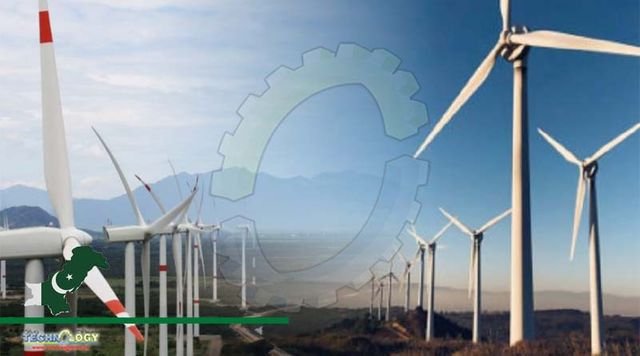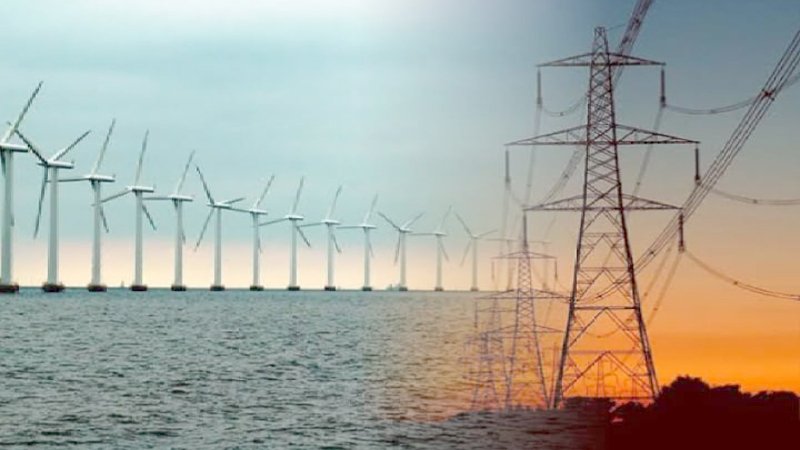All 36 WPPs will become operational, according to Chairman of the Pakistan Wind Energy Association, though it is unlikely that they will be dispatched at full capacity.

Wind power projects (WPPs) in Pakistan are anticipated to begin transmitting electricity to the national grid in the following 10 days after months of nominal power generation.
All 36 WPPs will become operational, according to Rumman Arshad Dar, Chairman of the Pakistan Wind Energy Association, though it is unlikely that they will be dispatched at full capacity.
Transmission lines from these projects in the Sindh regions of Jhimpir and Gharo to the national grid are currently blocked, infringing on the 2006 Policy for Development of Renewable Energy for Power Generation.
The overproduction of electricity in the South region has slowed down the flow of electricity into the North region, delaying the dispatch of WPPs.
The South region has recently seen a surge in newly installed capacity, from wind and coal to nuclear, and this has caused the transmission network to “choke.” As of December 2022, wind power capacity makes up only 2.5% of the country’s total energy mix, despite having a 4.5% installed capacity share.
The Pakistan Wind Energy Association intends to meet with the National Electric Power Regulatory Authority and the National Power Control Center in the second half of March to develop a long-term solution to the curtailment issue faced by Wind power projects.
The NPCC will begin deploying WPPs in about 10 days. To be able to plan ahead and shut down non-renewable plants when there is wind, the NPCC has demanded wind forecasts.
Transmission line construction slowed down for a number of reasons, including a sharp increase in cement and steel prices, widespread flooding, and complications resulting from right-of-way issues.
In order to produce electricity, wind turbines are primarily used in wind power or wind energy. In comparison to burning fossil fuels, wind energy is a well-liked, environmentally friendly, renewable energy source.
Wind energy has historically been used to power sails, windmills, and windpumps, but today it is primarily used to produce electricity. Numerous individual wind turbines connected to the electrical power transmission network make up wind farms.
